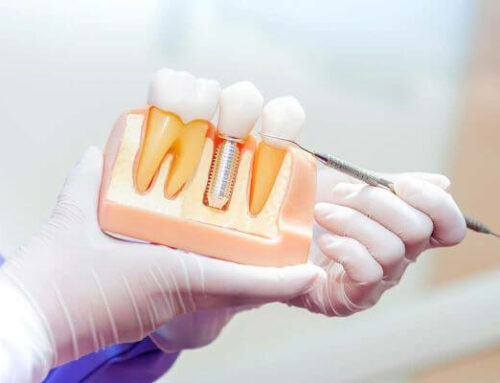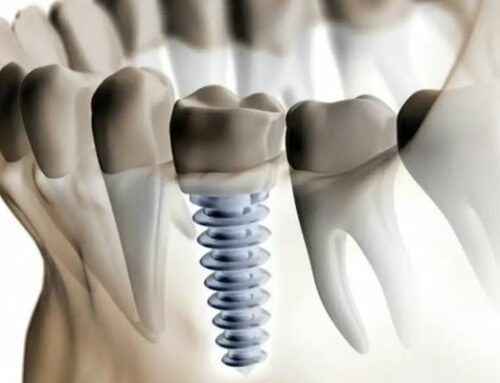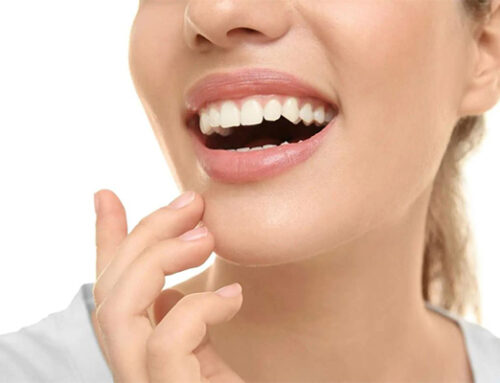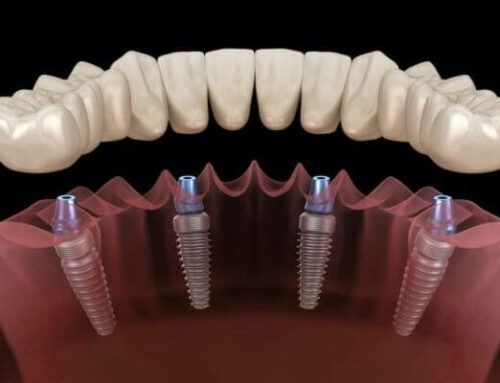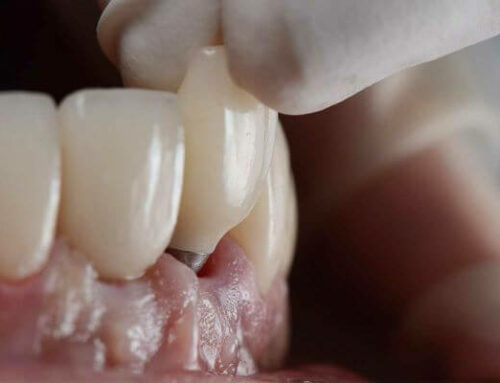This article lists all common and uncommon crown problems. This chapter of this guide is not meant to scare you. It’s there to let you know what might be going on. Also, and probably most importantly, it should help you understand if you’re experiencing something, and how to recognize it. At the end of the chapter, you will learn about the possible side effects of dental crowns and how to understand, avoid and resolve them.
Will you have crown problems after surgery? As with any other procedure, dental or not, crown problems can arise after you get a crown. From pain to sensitivity, discomfort to fractures, most people don’t know that crown problems are easy to fix most of the time. Sometimes crown problems occur due to inaccurate shapes of natural teeth or when a mold is made. Other problems come from inadequate dental hygiene. Crowns need careful protection, and their problems are not insoluble. You can prevent many of these problems if you take good care of your teeth and crowns.
In this article, we’ll discuss the most popular dental crown issues. Additionally, we discuss how to identify, avoid or resolve them.
1. Every type of crown problem
Most of the time, crown problems are easily avoided. Of course, you know how to take care of your teeth and what to look out for. So part of minimizing the possibility of problems related to crowns is on you. For example, if you take care of your dental hygiene and stay away from hard foods, especially if you have just had a crown procedure, you will most likely not face difficulties such as sensitivity, pain, fractures, and cavities.
The dentist and his laboratory play an important role in ensuring that dental crowns are effective.You could end up with pain, infection, and a loose crown if they don’t measure the tooth accurately or don’t perform a root canal your natural tooth to decay. Here’s a list of every dental crown issue you need to know:
- Cavities under the crown
- loose crown
- crown sensitivity or discomfort
- pain after dental crown
- fracture
- crown infection
We’ll now walk through all of these problems to help you understand them, fix them, and avoid them.
1) Under-crown tooth decay
Having a crown that fits your tooth perfectly requires an expert dentist and a competent dental laboratory. Even the tiniest gap between a tooth and a crown can lead to tooth decay. The gaps act as junctions or cavities in the mouth, which are optimal conditions for bacteria to grow.
Poor oral hygiene can exacerbate the whole situation, so you may experience painful or unpleasant situations. Remember, prevention is always better than cure. So follow your dentist’s advice carefully.
What can you do if you notice a gap between the crown and the tooth? Please contact your dentist before the condition worsens. If decay occurs in an area covered by a crown, your dentist should remove the crown, remove the decay and put new braces on your tooth. If it is not broken, the dentist will insert the same crown again.
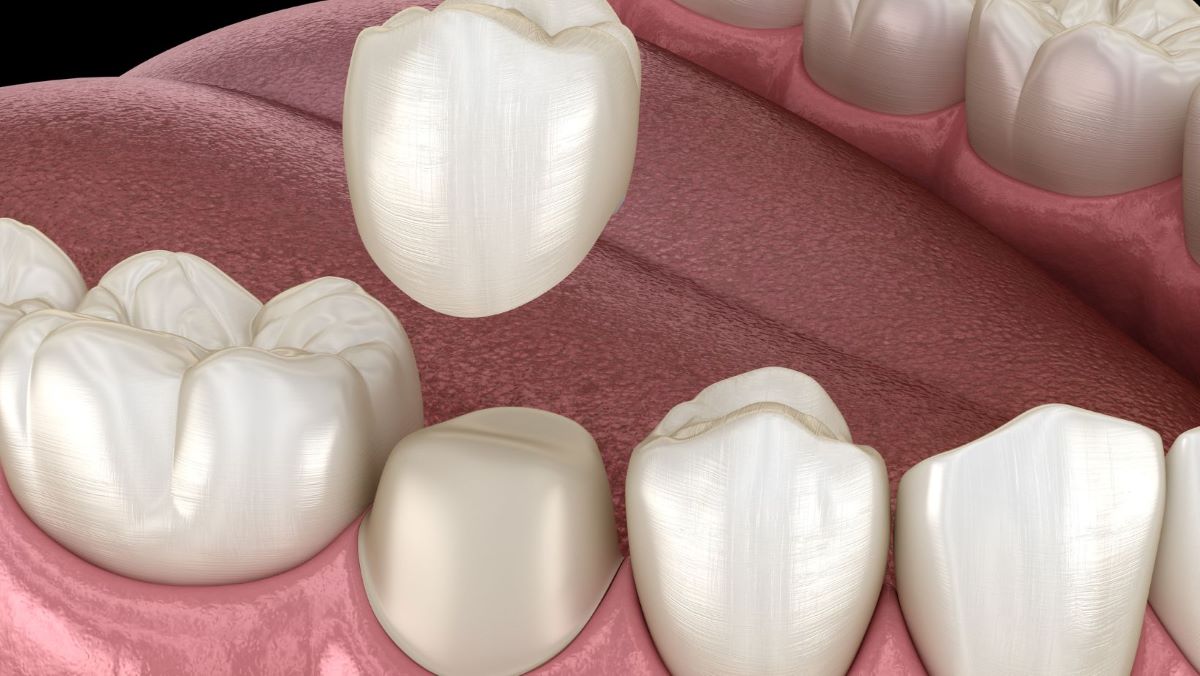
2) Loose crowns
Sometimes crowns can loosen over time even though there are no problems with the crowns. This is the case for two main reasons. Either the dental cement has lost its potency, or you are experiencing jaw disease.
So what to do if you have a loose crown due to a lack of adhesive? You can easily go to the dentist and they can fix it by adding more cement. But the case of jaw disease is more difficult. If it’s a bone problem, you may need bone grafting so that the implant is surrounded by healthy bone.
Diabetes and certain diseases can affect your bones, causing them to deteriorate. Therefore it is not recommended to load the implant immediately, after screwing the implant into your jaw you should wait 3 to 5 months for the bone to grow around it and fix it properly.
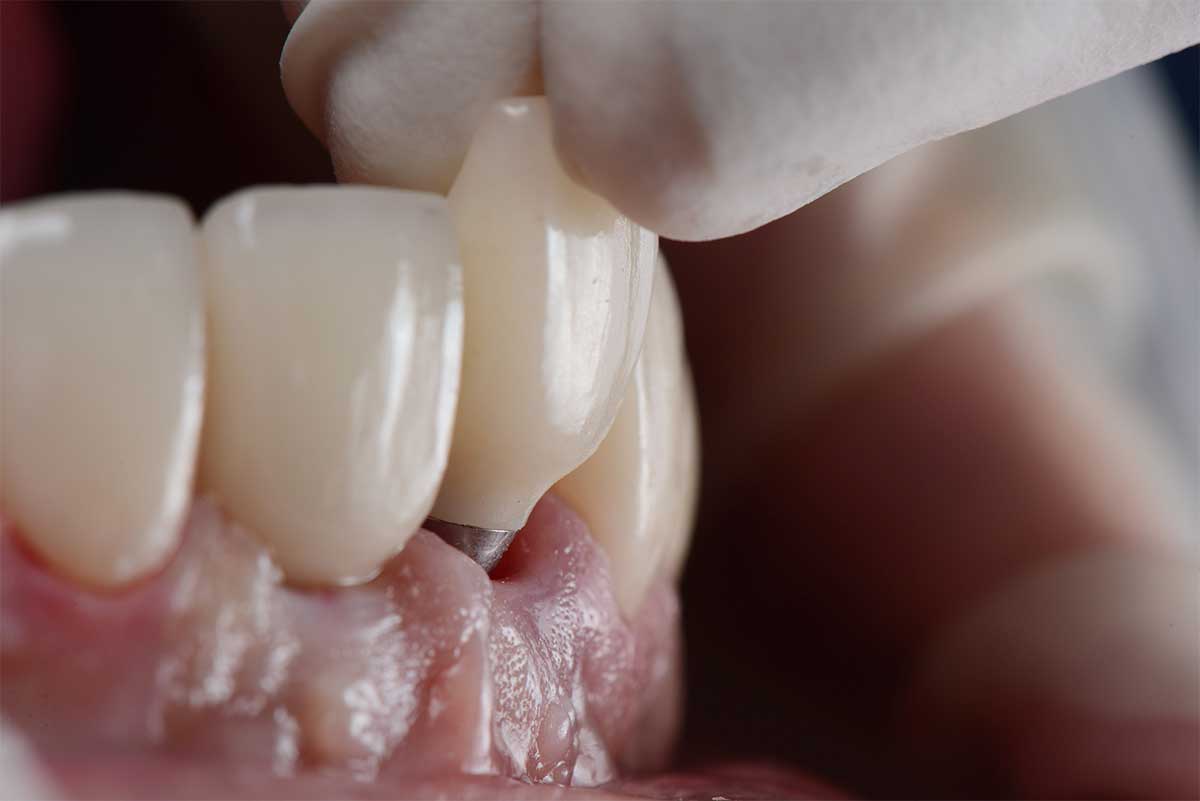
3) Crown Sensitivity and Discomfort
Enamel, the outer layer of the tooth, is the key to understanding crown sensitivity. Your dentist may remove the entire enamel layer when reshaping your teeth, leaving the dentin layer (the part underneath the enamel) exposed. The dentin part of the tooth is sensitive to both heat and cold. Therefore, it is best to choose an experienced professional dentist so you can be sure that they know how to place crowns perfectly.
As long as the crown covers your tooth, no material will touch it, so you won’t feel anything when you eat hot or cold foods. However, the crown process can lead to sensitivity and discomfort if not seated properly. In case of sensitivity, contact your dentist for an easy and quick fix.
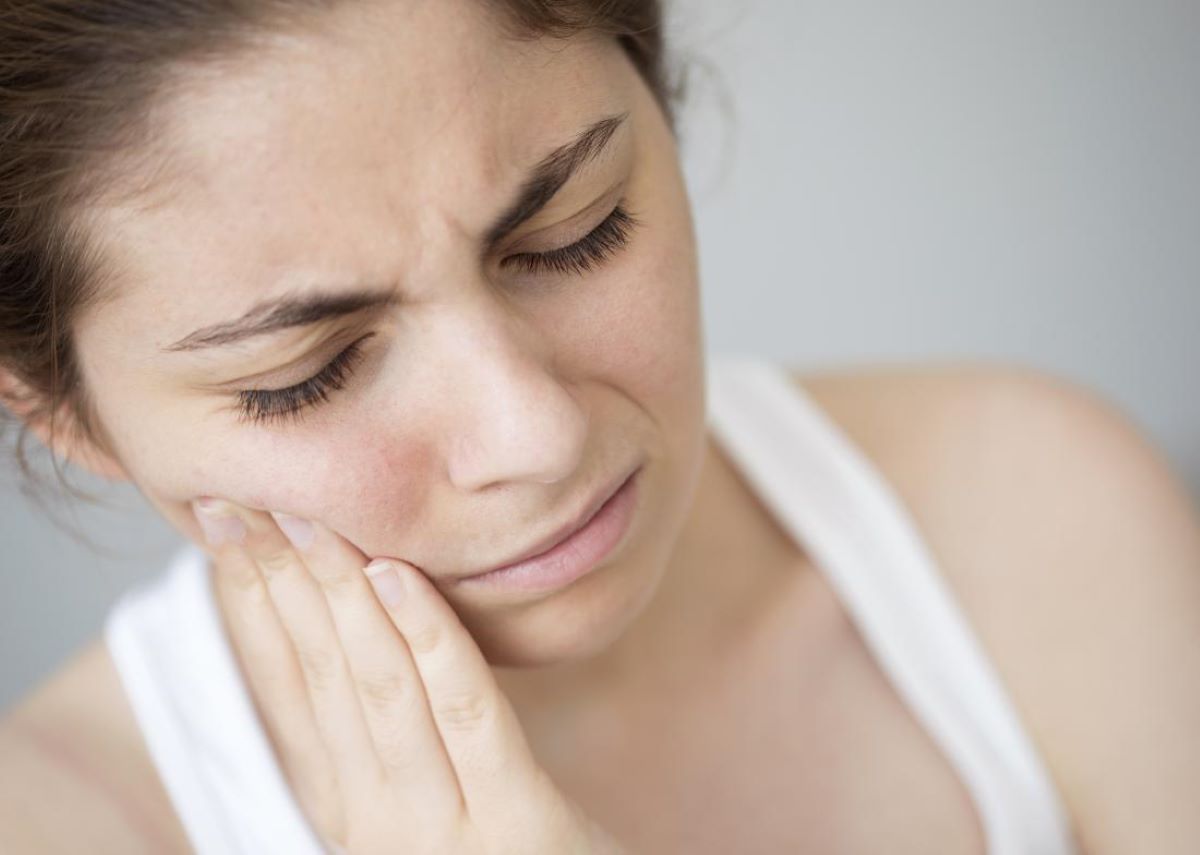
4) Fracture
Sometimes, crowns can easily snap off due to trauma or excessive force. You can easily fix this at your local dentist. Depending on the severity, one or two visits may be required. In order to improve the survival rate of the crown, you should pay attention to your diet and not use the crown to open any hard objects, such as bottle caps or pistachios.
5) Crown Infection
What a root canal does is basically kill the nerve underneath the tooth. Root canal treatment is required on the teeth to protect them before crowns are placed on them. If you do a crown without a root canal, that tooth will not survive. Also, if there is trauma to the nerve, the crown may compress it and the result will be an infection. This isn’t the only cause of infection after wearing a crown. If you have old fillers, they can cause infection to leak into the nerve.
Whatever the cause, if you notice symptoms of an infection, you need to contact your dentist immediately so he can deal with it and cure it.
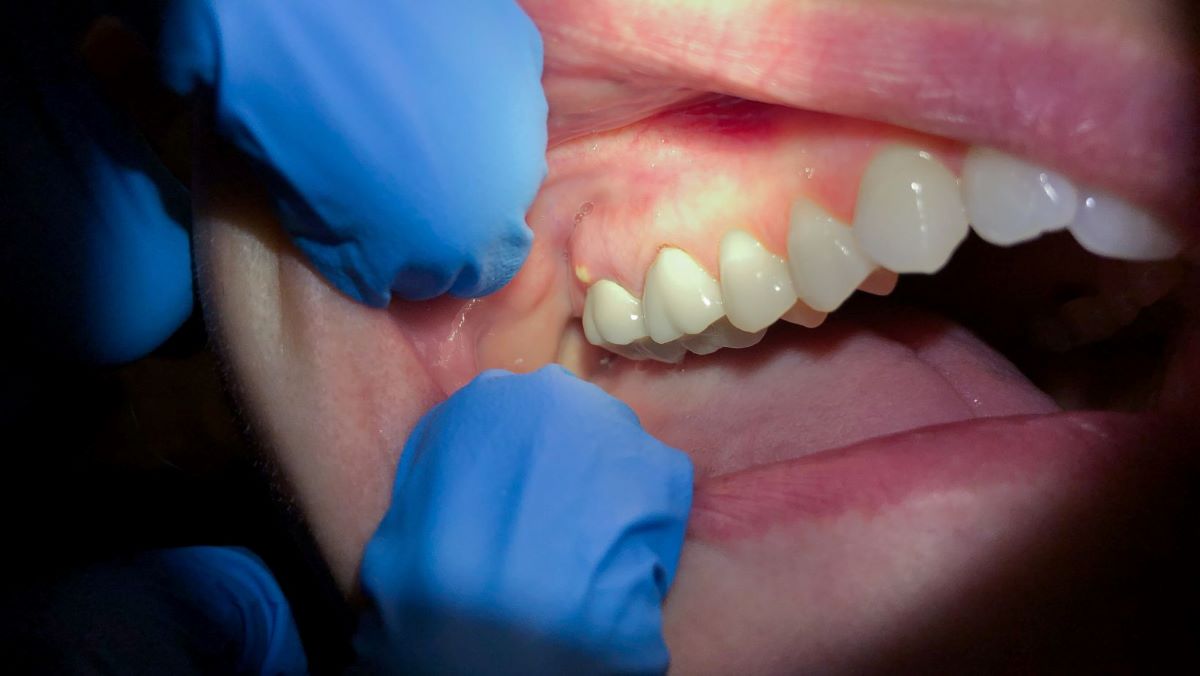
6) Symptoms of dental crown infection
To heal an infection caused by a crown, first, pay attention to the infection and then see a dentist as soon as possible. As soon as you notice some signs of crown infection, you should panic.
- unusual redness around the crown
- that place hurts
- Feeling warm only in one part of the mouth, not after drinking or eating hot food
- unusual fluid around the crown, mainly green or yellow
- A bad or bad smell around the crown
- Gum infection, usually as swelling of the gums or jaw
Pain behind a crown can be an uncomfortable feeling, but it’s not uncommon. Many people have had this problem, worrying about what might have happened or how long it might last. There are many reasons for persistent pain after wearing a dental crown. They only include adjustment periods, active infection or submental cavities, bruxism, receding gums, etc.
There is no need to feel alone if you experience severe pain after dental crown surgery. Most people go through it. There are several ways to manage pain after surgery by using herbal remedies or over-the-counter pain relievers. This is only a temporary solution. You may need to see your dentist if the pain persists. They are the only ones who can understand if this is just a temporary problem or something more serious. In this article, we will discuss pain after crown treatment and how to get rid of it.
2. What is the cause of pain after crowning?
Pain behind a crown can be a temporary problem, but it can also hide problems. When a tooth has extensive damage, a crown is used. Protecting teeth from further damage requires a protective cap. They also help restore the size and shape of the tooth so it can work properly with the rest of the teeth. In spite of the fact that a permanent crown can prevent future dental problems caused by cavities, fractures, or misaligned teeth, it can sometimes worsen an already bad situation. Contact your dentist if you are experiencing throbbing pain after dental crown surgery.
Pain after a crown can have several causes:
- Adjustment period
- sub crown infection or large cavity
- gnashing or grinding of teeth
- receding gums, or receding gums
- the crown is not perfect
Let’s examine each of these possible crown problems one by one.
1) Adjustment period
It takes some time for a crown to adjust to your original bite. This is whether your doctor places a permanent or temporary crown. Therefore, expect mild to severe pain or irritation. Usually, this period is referred to as the “adjustment period”.It may take up to two weeks for you to feel your upper jaw fully align with your lower jaw. So it’s perfectly normal if your bite feels different and painful when you chew your food. If pain persists, it is important to have your crown re-evaluated by your dentist. There may be other factors to consider as well.
2) Sub coronal infection or large cavity
If you’ve recently had crown surgery and continue to experience pain, you may not realize there’s something underneath your tooth. A very common procedure called a root canal is usually done before a crown. Specifically, this procedure is performed if the infection or tooth decay has progressed to the nerve of the tooth and the surrounding gum tissue. In short, root canal surgery is done to avoid having the entire tooth extracted. This is because it can have serious long-term effects on otherwise healthy teeth.
You may experience pain if a crown is placed on a tooth without a root canal. There is a high probability that there is a traumatic nerve underneath and that the root has been infected. This can happen for a variety of reasons, including plaque buildup, rupture, or leakage from old fillings. If you have an active infection under the crown, you may experience inflammation around the tooth, bleeding gums, or throbbing pain. If you are facing any or all of these symptoms, see your dentist for an exam so they can evaluate and treat you as needed for pain relief and treatment.
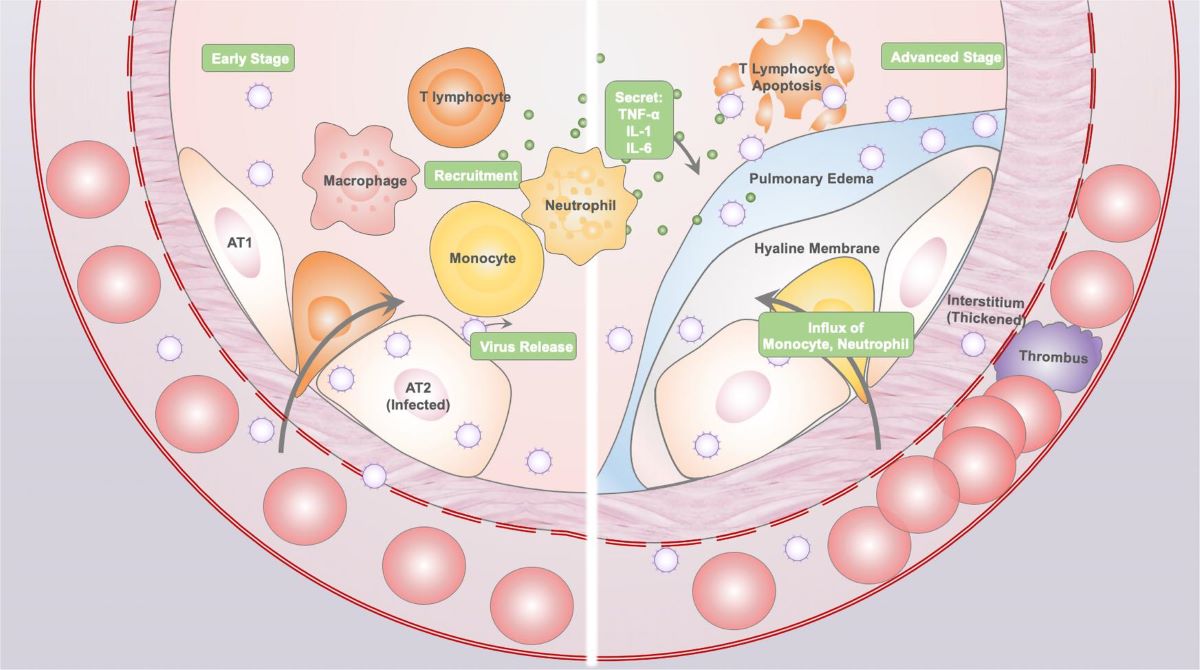
3) Teeth clenching or grinding
If you have a habit of grinding your teeth or clenching your jaw while you sleep at night, your sensitivity to pain after crown surgery is much higher. The medical name for this habit is “bruxism,” and its severity can vary from person to person.
This condition is usually caused by stress, although in many rare cases, it can also be a side effect of certain medications. Habitual teeth grinding can lead to broken or chipped teeth, myofascial pain, damaged enamel leading to deep tooth exposure, and sensitive teeth. Your dentist may be best able to determine whether you have bruxism and recommend treatment accordingly.
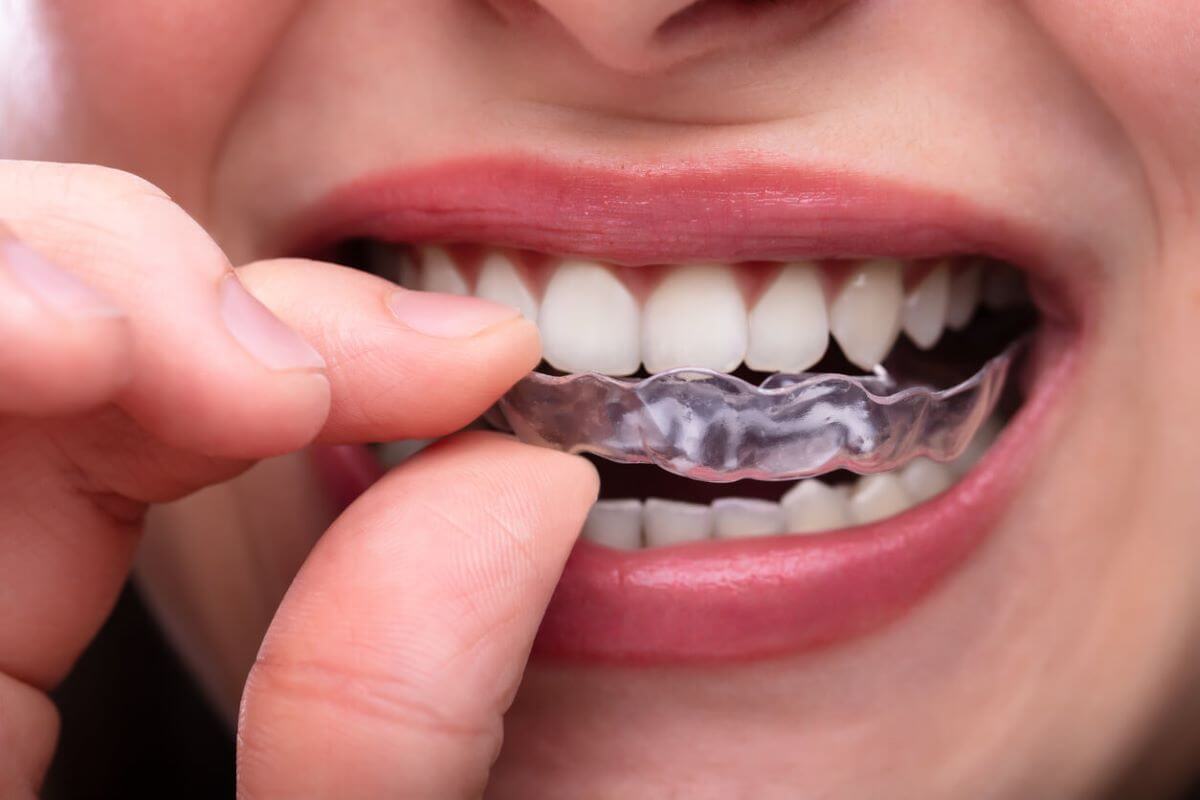
4) Receding gums or receding gums
Post-op soreness or inflammation of the gums around the tooth is normal if it lasts a few days, but if it lasts longer than a week, it is advisable to see your dentist and find out what the problem is. Infected nerves or weakened teeth can also cause teeth to recede.
One possible reason could be that your gums are sunken or simply, damaged gum tissue exposing the roots of your teeth and many other dental problems including cold sensitivity, tooth discoloration, and of course cavities.
5) The crown is not perfect
Crown fitting is a very important aspect and usually, it takes a dentist a day to measure the crowns and send them to the lab. However, with even a slight misalignment, you may experience difficulty chewing which may cause jaw pain. Immediately after you have a crown, you should be extremely careful, especially with food. Try to avoid chewy or cold foods, as they may cause pain and irritation.
If you feel that your upper and lower teeth are out of alignment and this discrepancy is causing pain, your dentist can decide whether the crown needs to be replaced. Additionally, the spaces between your teeth are breeding grounds for bacteria and plaque. So when you bite, make sure your crown fits properly and there are no irregularities.
In the case of a damaged or decayed tooth without a crown, the innermost layer of enamel, called dentin, is exposed. It increases the sensitivity of the teeth to hot and cold temperatures. Therefore, it is important to assess how the crown feels when you bite and to contact your dentist if the crown continues to cause you pain.
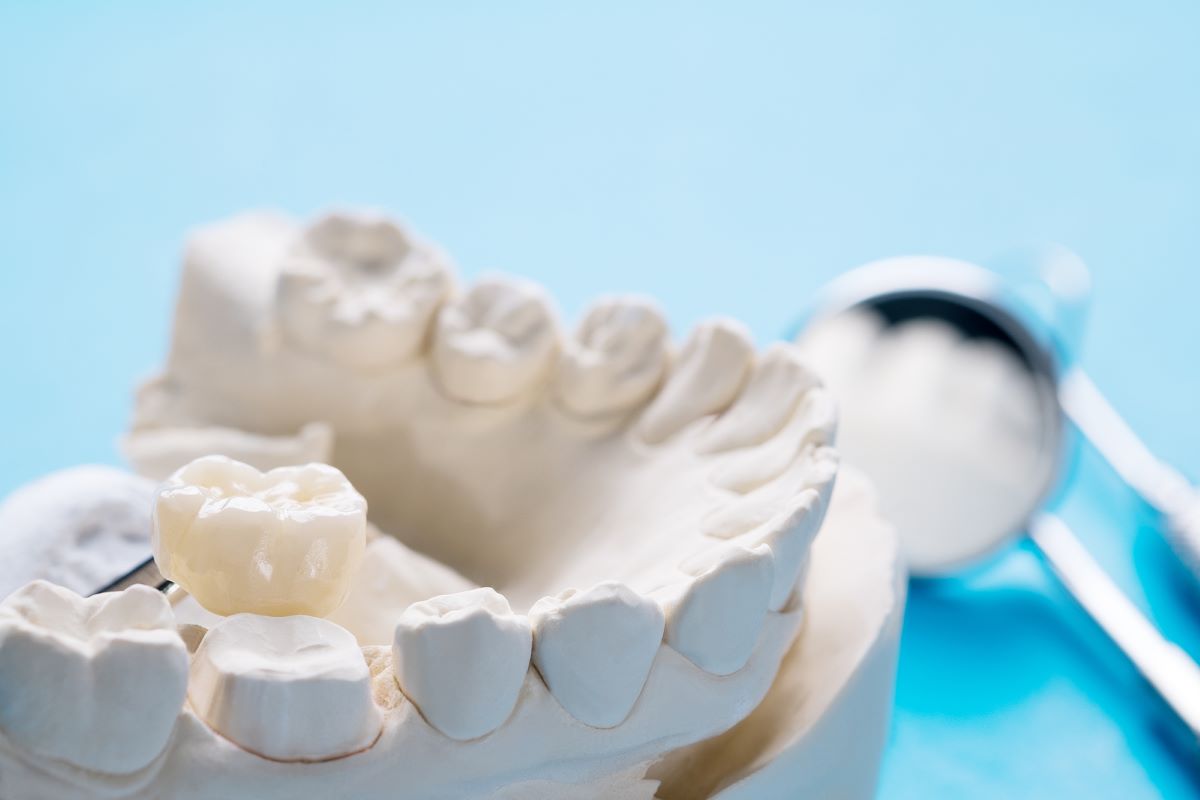
6) Pain after crown implantation
Dental implants are ideal for people who have lost their original teeth due to infected dental fillings or trauma. After this procedure, a crown is sometimes placed to protect the abutment and protect the inner tooth area, and its blood vessels from bacteria or tooth decay.
Throbbing pain after a dental crown can have a number of causes. Peri-implantitis, an infection that affects the bone around a dental implant, is one of the most common causes. We can think of it as a form of gum disease that slowly begins to invade the bone. It can be caused by too much crown cement on the abutment starting to infect the gums and bone.
One of the other reasons is the fit of your crown. If the crown doesn’t fit you well, it can cause a bad bite and you’ll end up being exposed to cavities. In this case, you should see your dentist, who can re-evaluate your crown and restore it based on the correct measurements if the pain persists afterward.
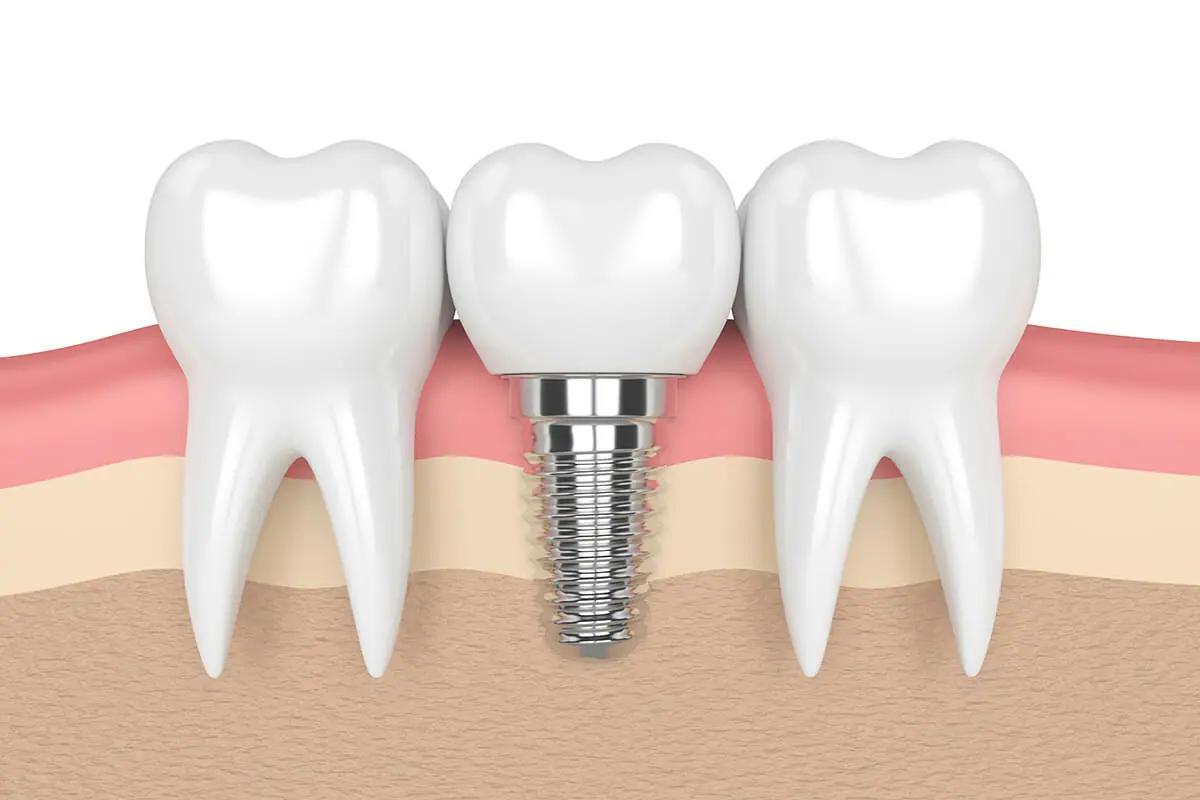
3. How to manage pain after crown surgery
As we’ve explained before, you could just go through a simple adjustment period, or something else could happen. If you feel the pain has not stopped after 3-4 days, you should contact your dentist. If the toothache is unbearable after dental surgery, the dentist is the first point of contact. If you have mild pain for the first few days, you can try one of these home pain management techniques.
Let us remind you that natural remedies for post-crown pain are just extra help. They do not and cannot replace pain medication and your doctor.
1) Gargle with salt water
After wearing a dental crown, you may experience increased sensitivity to hot and cold temperatures. This is a traditional and most effective home remedy. Just put half a teaspoon of salt in a glass of water, swirl, and swish at least 10 times.
A warm salt water rinse kills bacteria and can be a big help with gingival inflammation caused by crown toothache. Also, make sure to practice regular oral hygiene habits to protect your teeth from cavities and other dental problems.
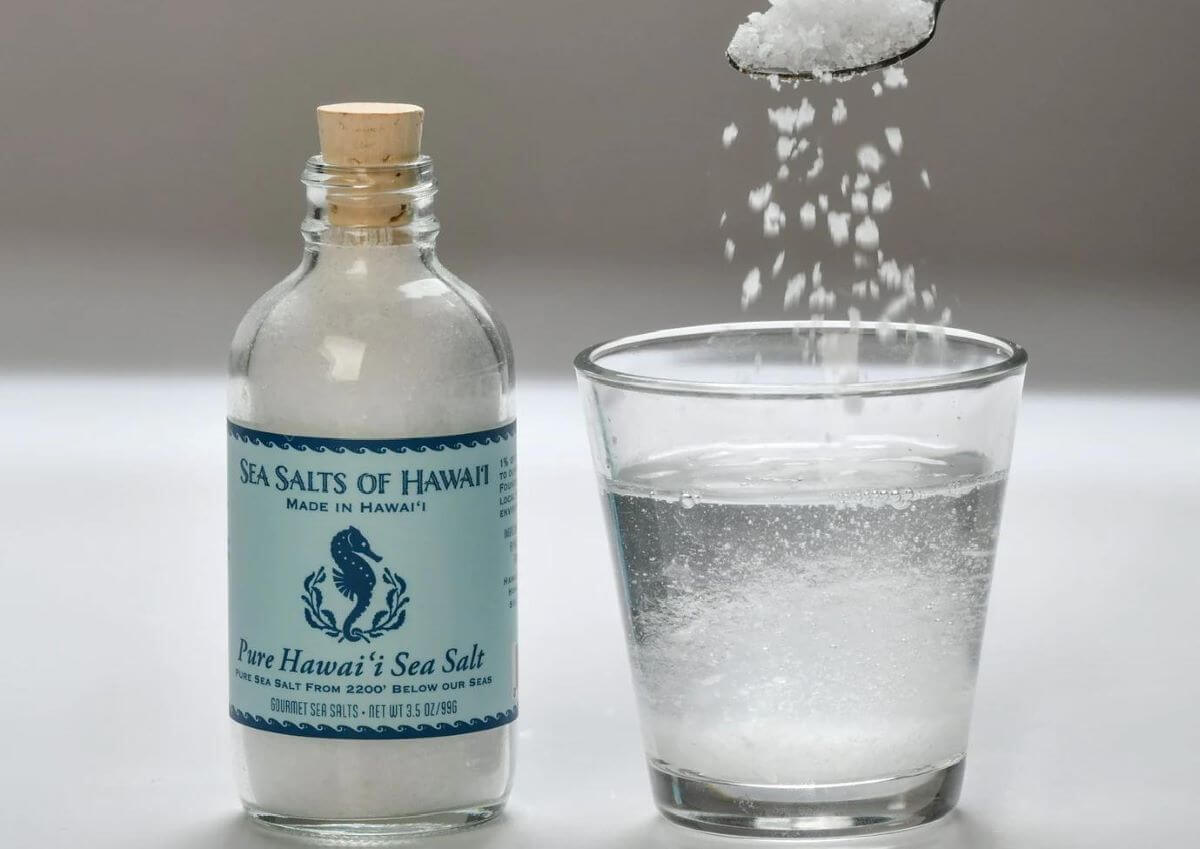
2) Cloves
Cloves are used in toothpaste and many herbal remedies and are known for their healing properties for dental health. The active ingredient in cloves, called eugenol, contains anti-inflammatory properties that help reduce pain and fight bacteria. To relieve irritation or inflammation after the crown is placed, chew two to three cloves or apply pure clove oil.
3) Turmeric powder
Known for its anti-inflammatory properties, turmeric is used to treat a variety of ailments. It just so happens to be one of the best things you can use in case of a toothache emergency at home. Dilute half a teaspoon of turmeric with water and apply it to the affected area. You can also substitute honey for the water if you find the flavor too much. This mixture can help relieve gum pain and nerve pain.
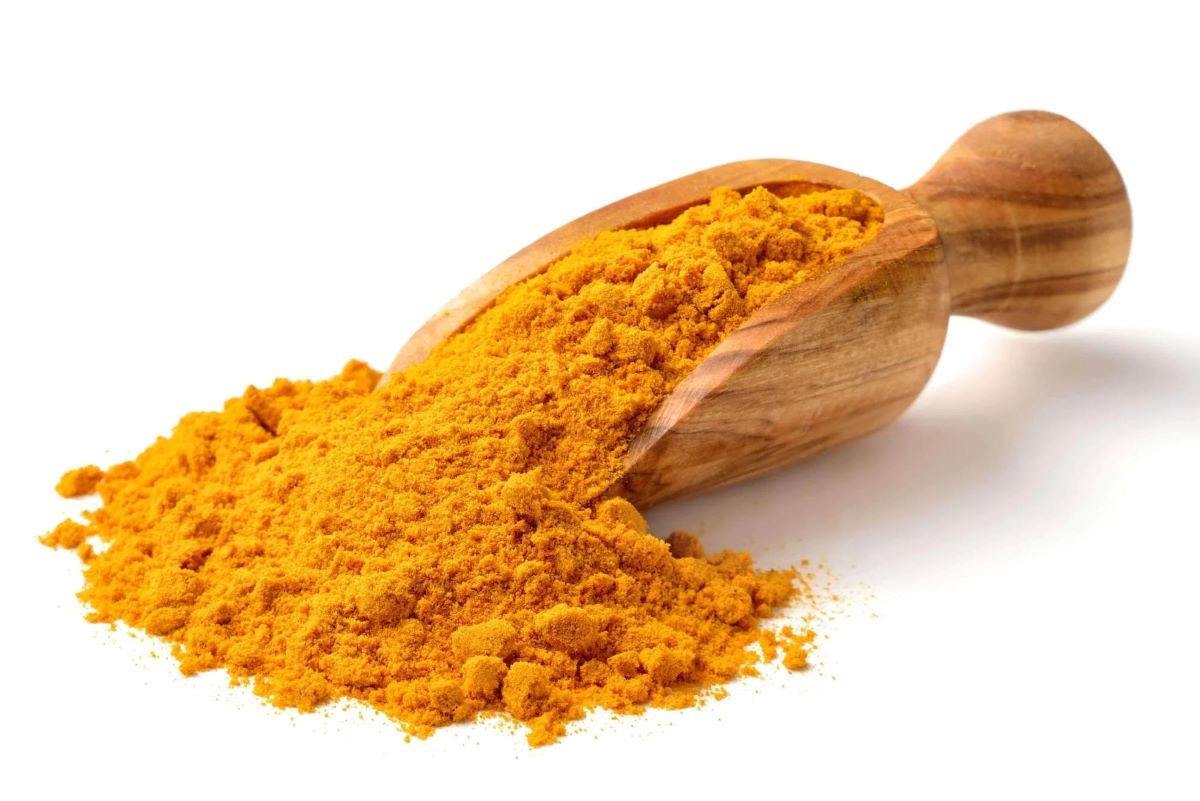
4) ice packs
The well-known and most commonly used method of providing immediate pain relief is cold compresses. Simply remove a few ice cubes from the freezer and place them in a soft cotton cloth to cool the affected area. Doing this at least 2 times a day for no more than 15 minutes will help reduce throbbing pain. It’s an effective and inexpensive pain reliever for pain from a nerve root infection or gum infection, but it doesn’t address the root cause.
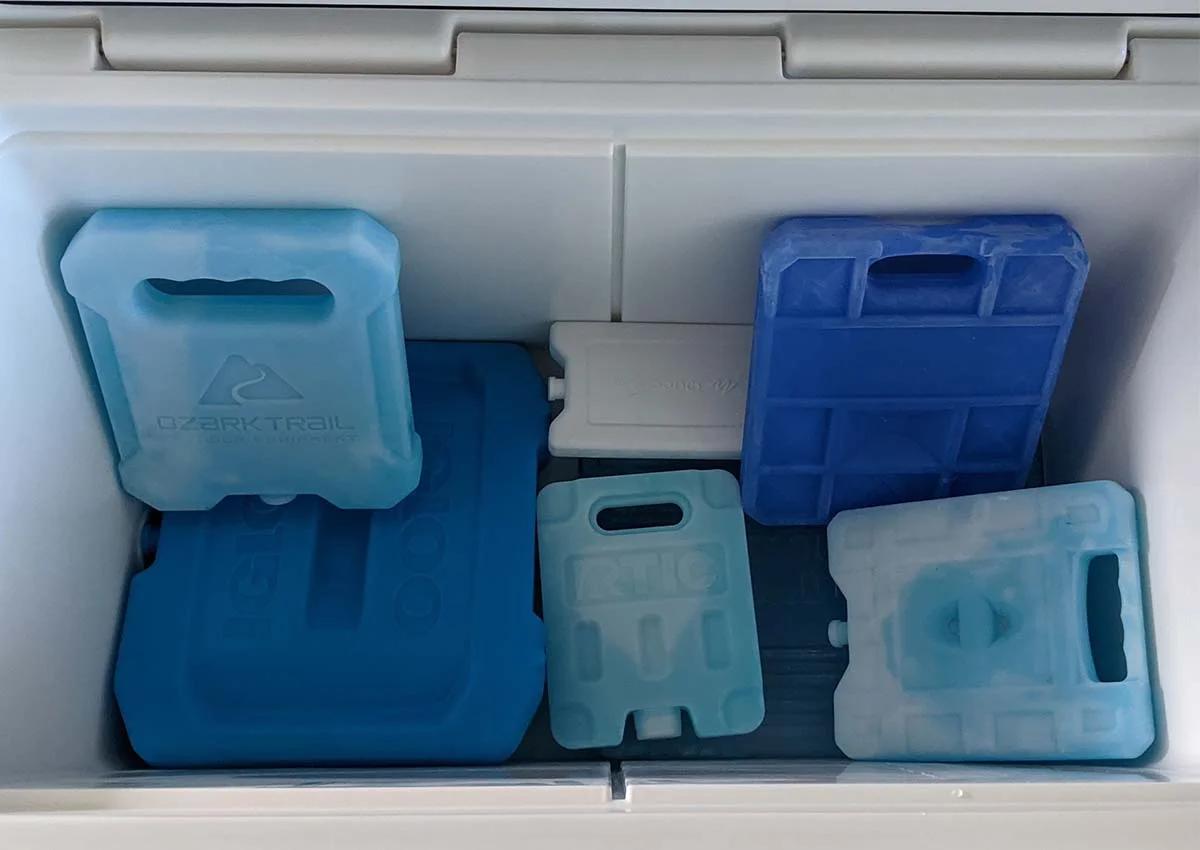
5) Over-the-counter medication for post-crown pain
While we recommend that you seek the help of your dentist before taking any medications, in an emergency, over-the-counter ibuprofen or paracetamol can provide relief from ongoing pain after crown surgery.
All of these solutions should be discussed with your doctor and dentist, and should never replace a dentist appointment to find the cause and solution of a problem.
